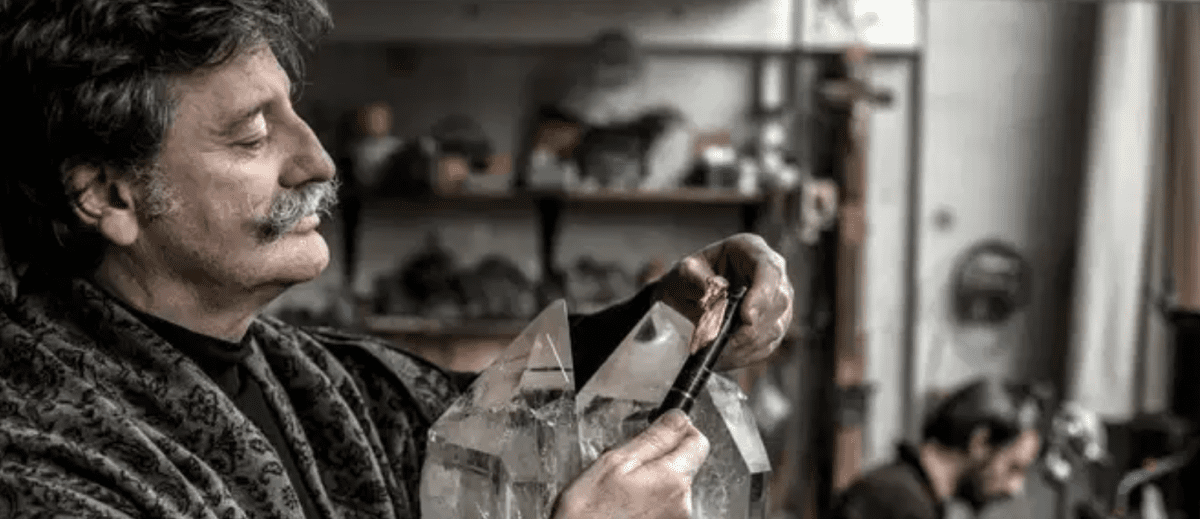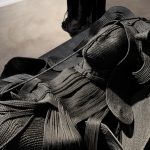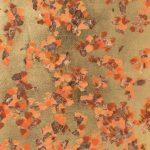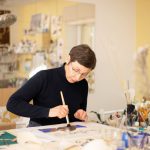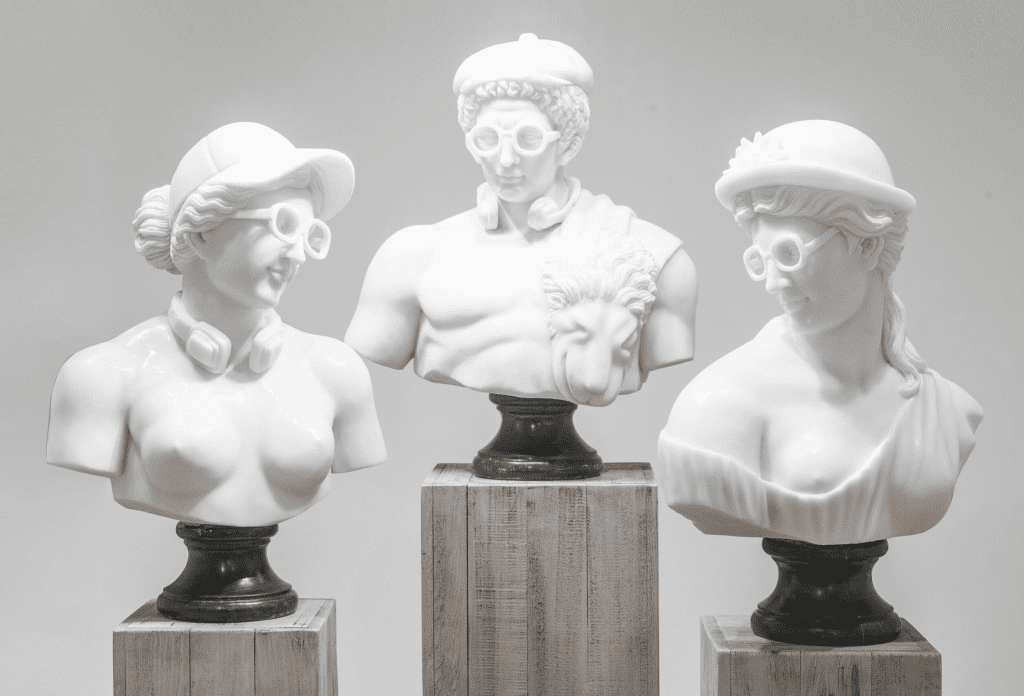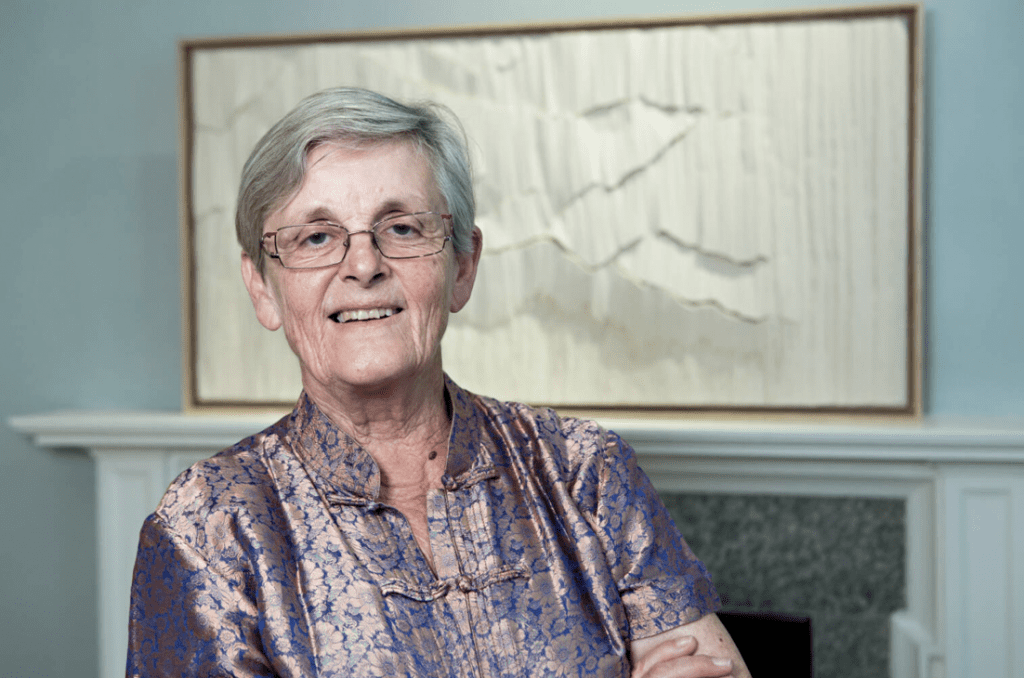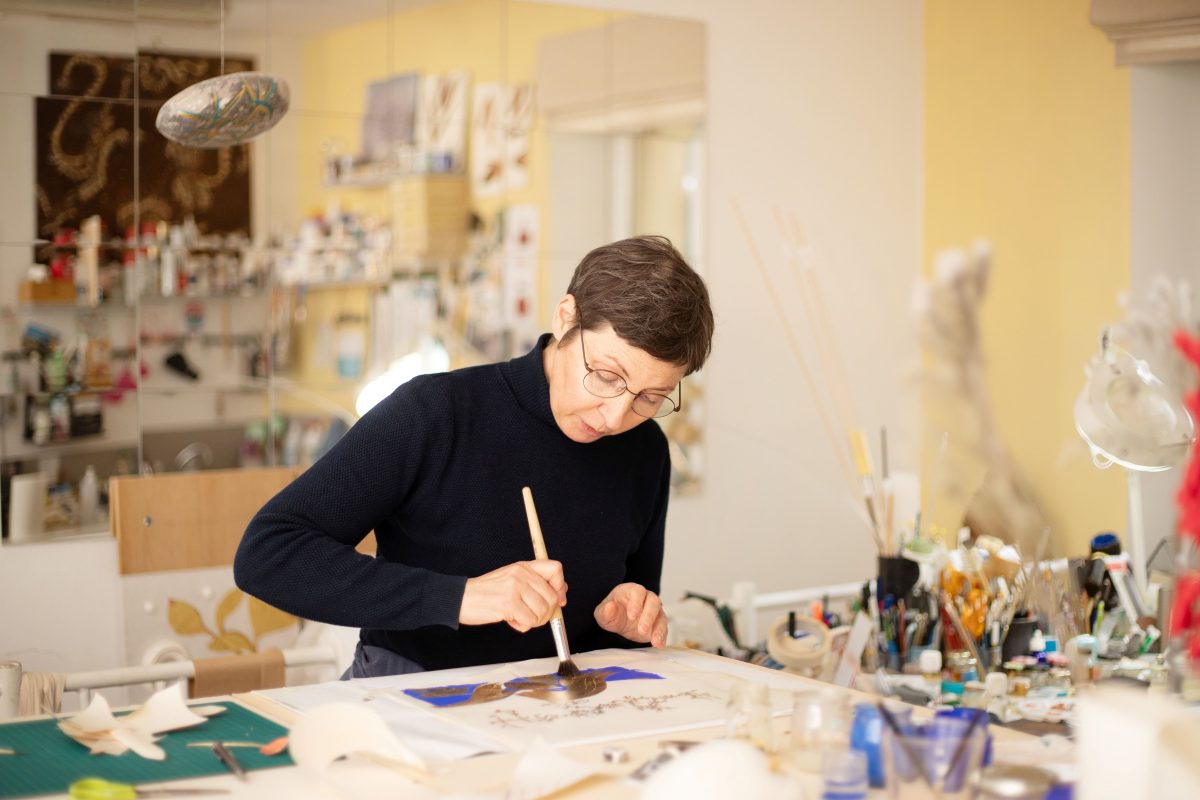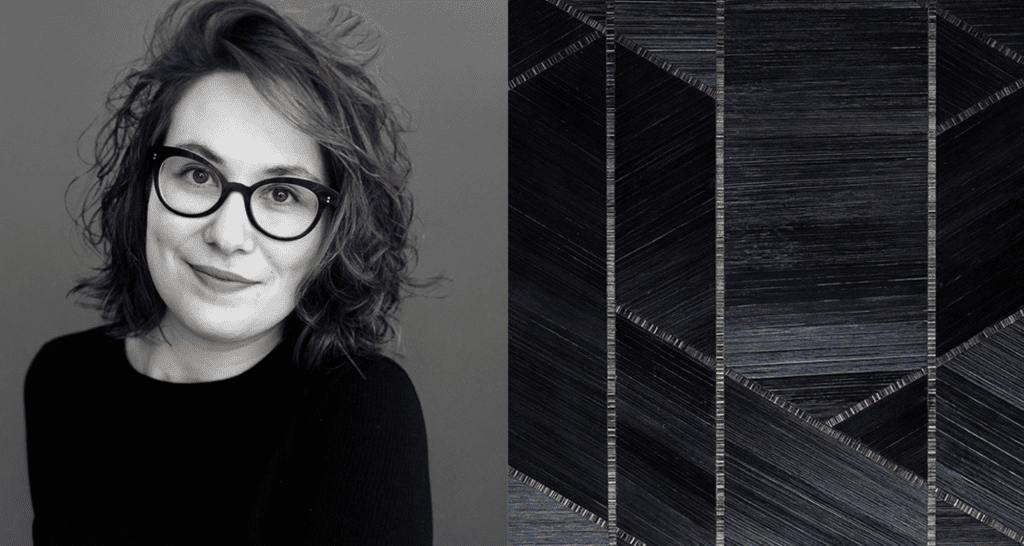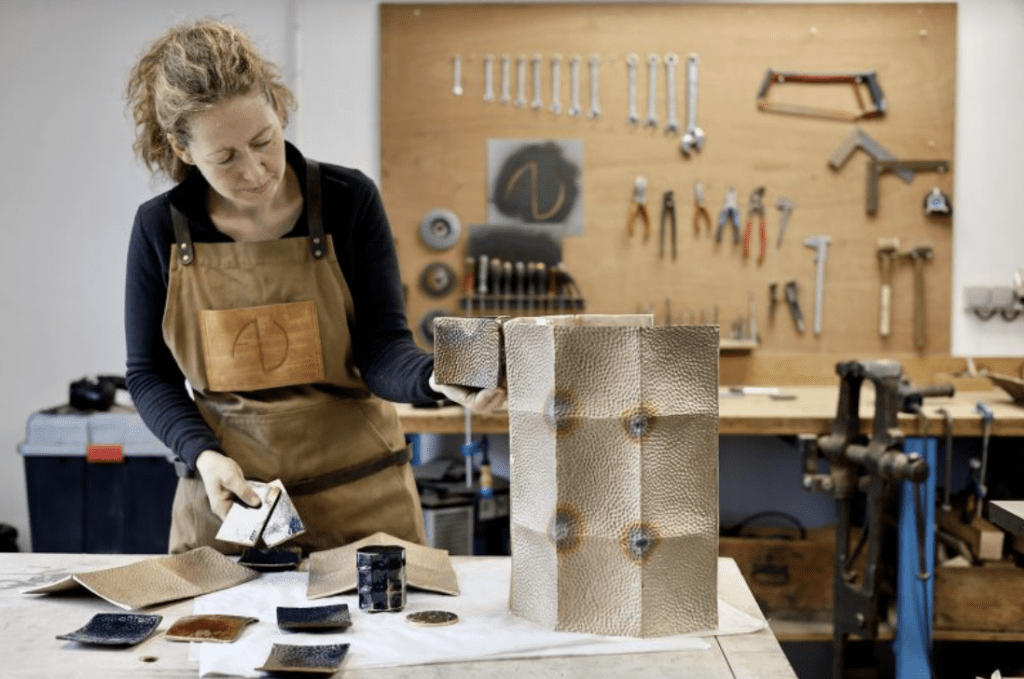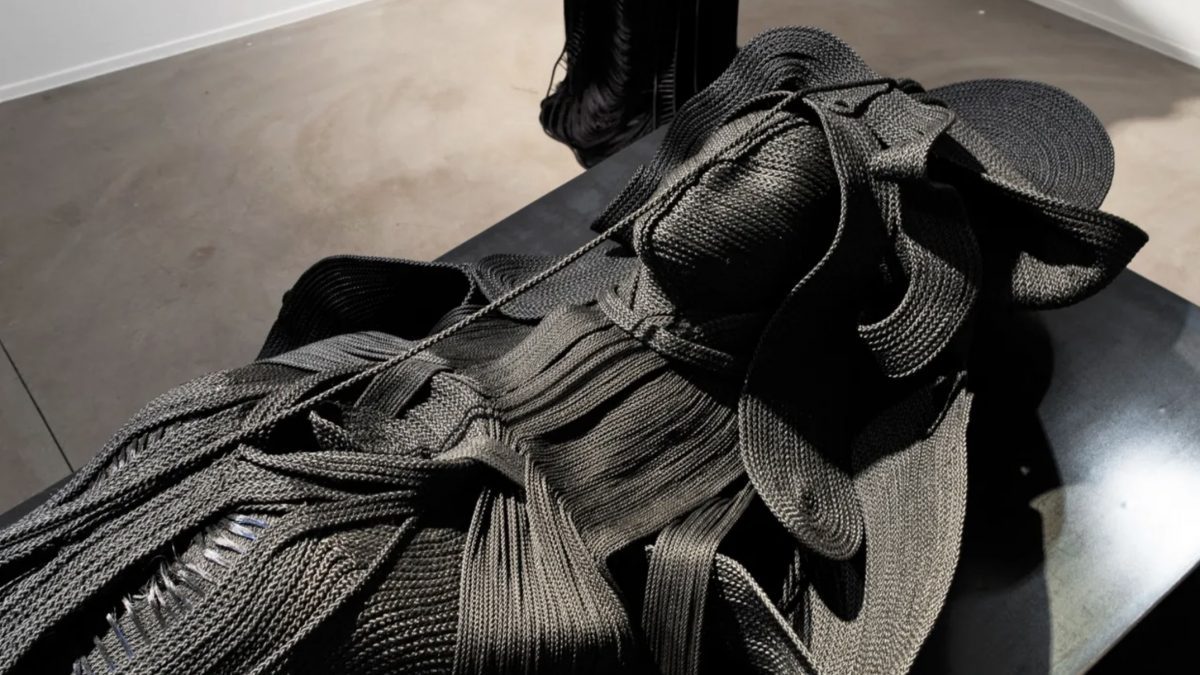Hervé Obligi: The Art of Stone Carving and Stone Marquetry
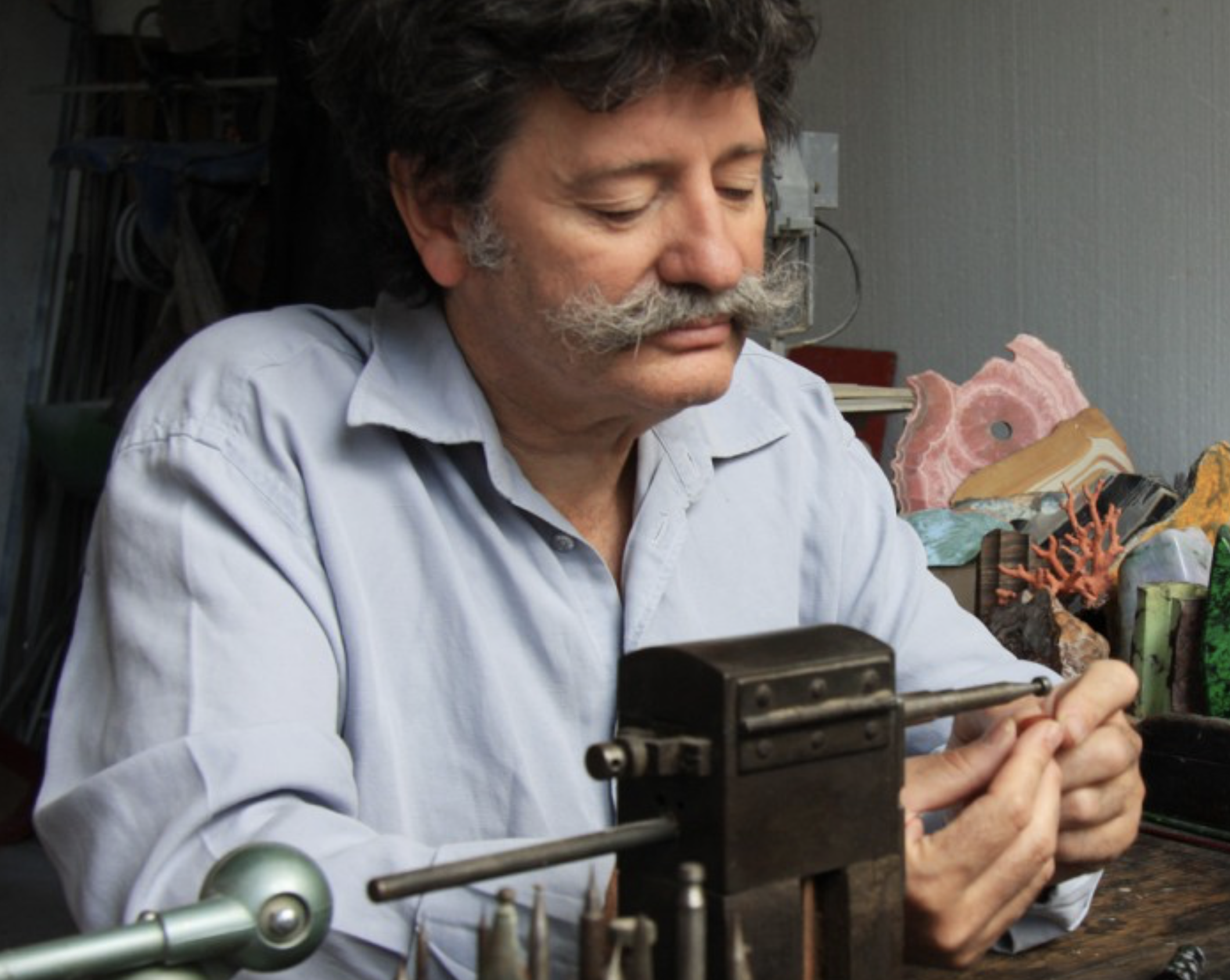
Hervé Obligi, now recognized as one of the most talented stone carving masters of his generation, began his journey far from stone. Trained in cabinetmaking and wood sculpture, he initially focused on restoring exceptional furniture. A decisive encounter changed his path: meeting a renowned lapidary who collaborated with luxury houses such as Cartierand Van Cleef & Arpels. This unconventional master captivated him with his expertise, restoring high jewelry pieces and sculpting contemporary works.
A Mastery of Material: The Lapidary’s Journey
“It was an initiation of the eye, far beyond the manual work. My master taught me to observe, analyze, and question artistic and technical choices.” Under his guidance, Hervé learned to read the secrets of materials, to recognize the authenticity of an era or the skill of a reproduction. The learning extended beyond the workshop, into the halls of the Louvre and the Musée des Arts Décoratifs, where his master introduced him to the silent language of forms and textures.
After four years of immersion, Hervé was preparing to leave for Tuscany, the cradle of lapidary art, when he met another master: Claude Durand, a renowned glyptic artist and heir to a family tradition linked to Fabergé. This new apprenticeship lasted ten years, blending artistic reflection with a relentless pursuit of technical perfection.
This training went far beyond mastering the techniques. “It was a mentorship of rare human and intellectual richness,” Hervé recalls, reflecting on the deep discussions about art, life, and materials. Through this journey, Hervé did not simply become a lapidary; he emerged as an explorer of the possibilities offered by precious and semi-precious stones.
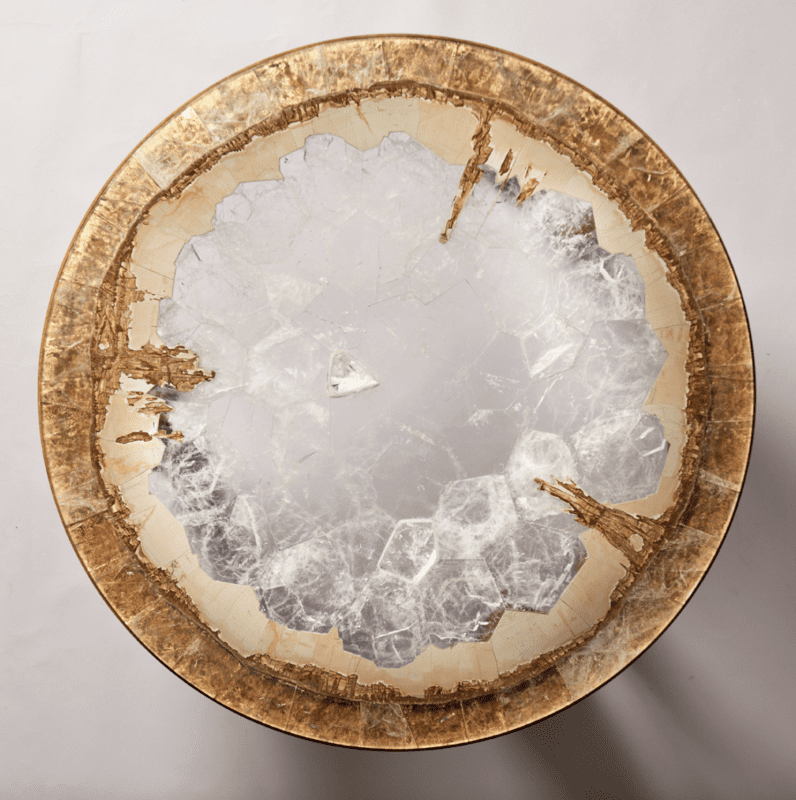
https://www.obligi.fr
Mastering Gems: Balancing Tradition and Innovation
Despite his exceptional expertise, Hervé faces a major challenge: the scarcity of commissions in his field. Rather than limiting himself to high jewelry, he has diversified his work, ranging from exceptional restorations to large-scale decorative creations.
One of his most remarkable projects is a floor inspired by Frederick II’s dining hall in Potsdam, created for a private collector. Hervé uses semi-precious stones instead of marble, blending tradition with bold innovation. “This market is elitist, but it demands a unique craftsmanship that few master today,” he explains.
GARDEZ UN OEIL SUR L’ACTUALITÉ, RECEVEZ NOTRE NEWSLETTER
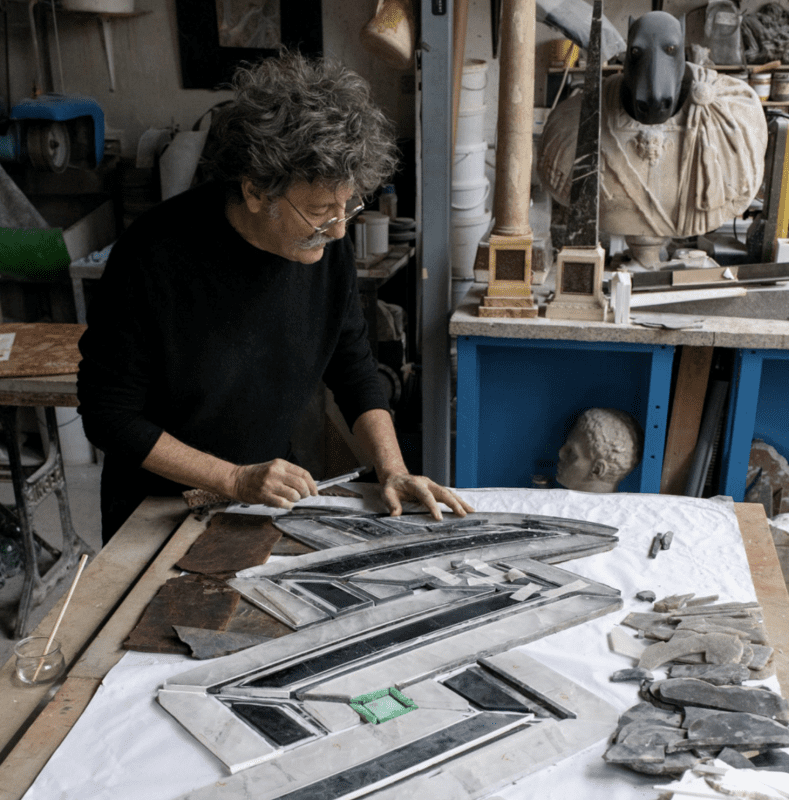
Reinventing the Art of Stone Marquetry
Far from limiting himself to classical styles, Hervé engages in a deep exploration of the evolution of stone marquetry. He draws inspiration from pioneers of the 1930s, such as Armand Albert Rateau, to create works that resonate with a contemporary aesthetic.
By incorporating building stones like Burgundy stone with semi-precious inlays, he reinvents this craft often seen as outdated. “I want to give new life to stone marquetry, making it more accessible and contemporary,” he explains. This approach culminated in a collection showcased at the prestigious Salone del Mobile 2024 in Milan.
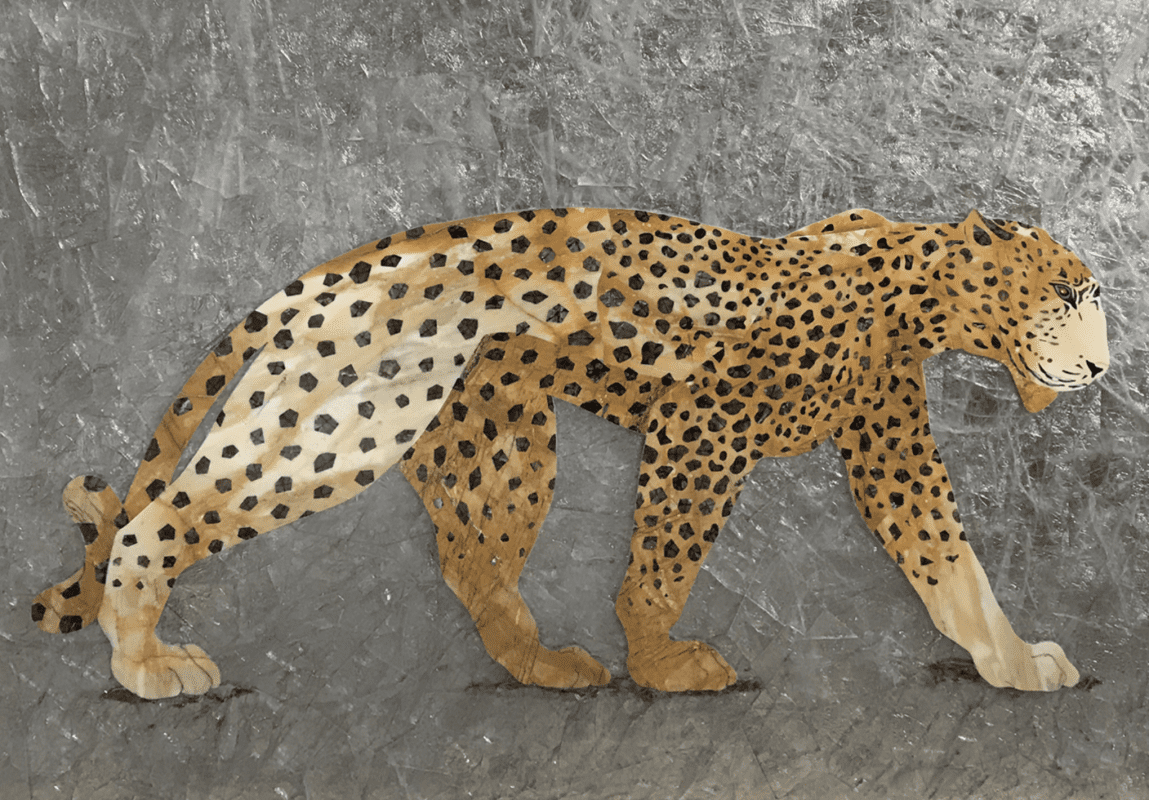
Conquering New Horizons
Innovation knows no bounds. Hervé explores unique materials such as flint, which he finds as captivating as diamond. He values its extreme hardness, a symbol of technical challenges to overcome. He also incorporates brick into his creations, aiming to challenge traditional material hierarchies and evoke genuine emotion.
« Flint is the first material ever worked by humans. It carries a historical and emotional weight that I find fascinating, » he explains. Through these choices, Hervé rejects aesthetic compromises, favoring a raw yet refined simplicity, reminiscent of the stones collected in childhood that spark instinctive wonder.
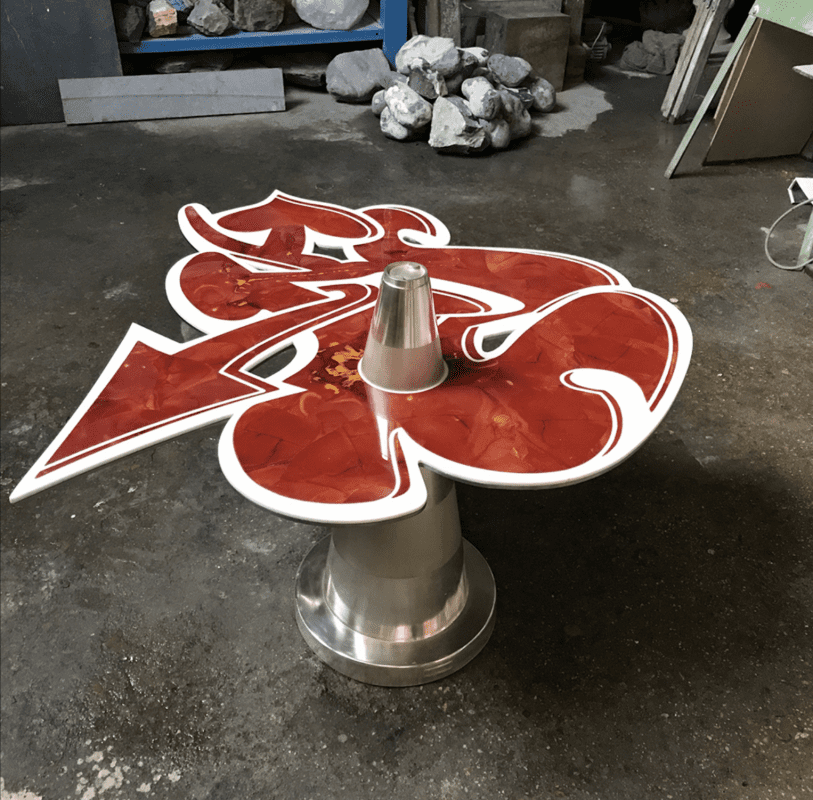
Artisan or Artist ? When the Line Blurs
Hervé Obligi rejects the distinction between craftsmanship and art. For him, this typically European separation makes little sense. « Above all, I am a creator. What matters is the emotion the work evokes. » This philosophy positions him within a contemporary vision where artisanal trades regain their legitimacy in the art world.
By blending tradition and modernity, Hervé Obligi embodies a generation of creators redefining the boundaries between craftsmanship and art, between past and future. His works, whether for high jewelry or decorative arts, reflect a journey of mastery where each stone tells a story and every creation invites viewers to see the world differently.
- Jeanne Vicérial: Bespoke Fashion as Art, Science & Innovation

- Sophie Théodose, Parchment Ciseleur, at the Carrousel du Louvre

- Irina Bokova: Artisanal Craftsmanship in the Service of Contemporary Creativity

- Elliott Barnes: The Elegance of Detail and the Poetry of Materials

- Sophie Théodose and Parchment: Reviving an Ancient Art

RECEVEZ NOTRE NEWSLETTER
